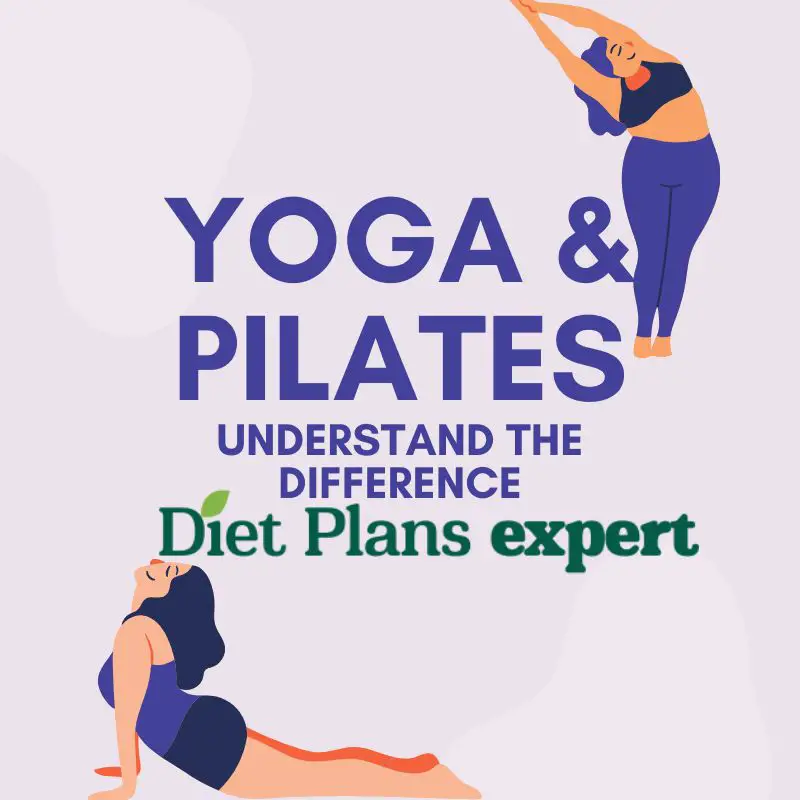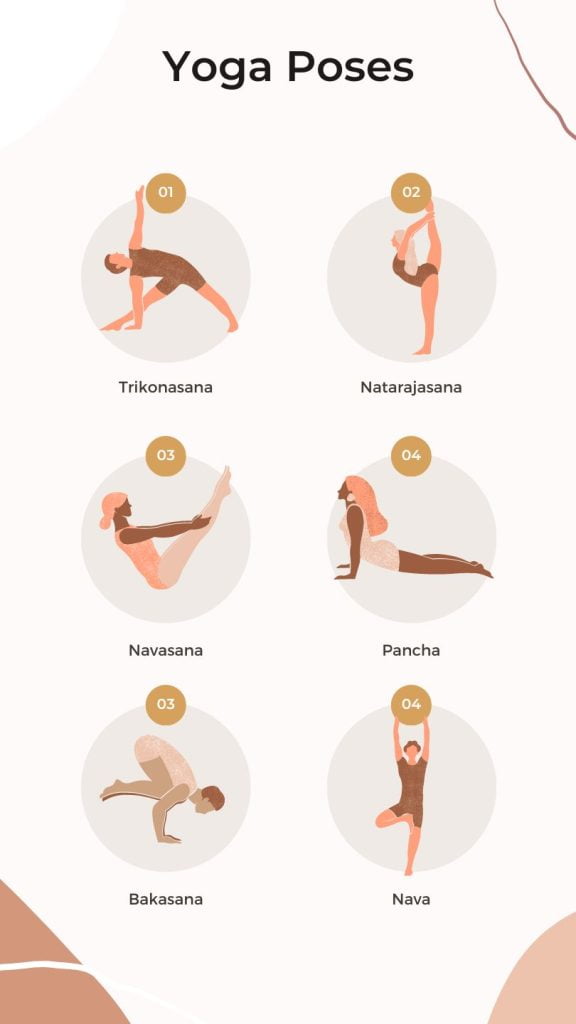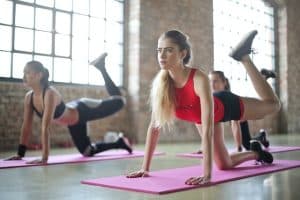
Yoga and Pilates are two popular fitness practices that offer a variety of benefits. Both practices focus on improving flexibility, strength, and balance. However, there are also some key differences between the two practices.
In this blog post, we will discuss the similarities and differences between yoga and Pilates. We will also provide tips for choosing the right practice for you.
There are a few reasons why someone might choose one practice over the other. For example, if you are looking for a practice that is more focused on flexibility, you might choose yoga. If you are looking for a practice that is more focused on strength, you might choose Pilates.
Ultimately, the best way to decide which practice is right for you is to try both and see which one you prefer.
In the rest of this blog post, we will discuss the following topics:
Yoga is a mind and body practice with a 5,000-year history in ancient Indian philosophy. Yoga is a physical, mental, and spiritual practice that combines breathwork, postures, and meditation or relaxation. The word “yoga” comes from the Sanskrit word “yuj,” which means “to yoke” or “to unite.” In yoga, the goal is to unite the mind, body, and spirit.

Yoga poses
The earliest known evidence of yoga dates back to 3000 BCE in the Indus Valley Civilization. However, the practice of yoga as we know it today developed in India over the centuries. The most well-known figure in the history of yoga is Patanjali, who wrote the Yoga Sutras, a collection of 196 sutras (or aphorisms) on yoga philosophy.
There are many different styles of yoga, each with its own unique focus and approach. Some of the most popular styles of yoga include:
Yoga has many physical and mental benefits, including:
If you are interested in trying yoga, there are a few things you can do to get started:
Conclusion
Yoga is a great way to improve your physical and mental health. If you are looking for a practice that can help you reduce stress, improve your flexibility, and increase your strength, yoga is a great option.
Pilates is a mind and body exercise system that combines breathwork, core strength, and flexibility exercises. Pilates was developed by Joseph Pilates in the early 20th century. The goal of Pilates is to improve overall fitness and well-being by strengthening the core muscles and improving flexibility.
Joseph Pilates was born in Germany in 1883. He was a sickly child, and he developed his own exercise system to improve his health. Pilates called his system “Contrology,” and he believed that it could help people of all ages and fitness levels improve their health and well-being.
Pilates immigrated to the United States in the early 1920s, and he opened a studio in New York City. His studio became popular with dancers and other athletes, and Pilates’s system of exercise began to spread.
There are many different styles of Pilates, each with its own unique focus and approach. Some of the most popular styles of Pilates include:
Pilates has many physical and mental benefits, including:
If you are interested in trying Pilates, there are a few things you can do to get started:

Pilates
Photo by bruce mars on Unsplash
Yoga and Pilates are two popular fitness practices that have a number of similarities. These similarities include:
Table of Comparison
Here is a table that compares yoga and Pilates in terms of some of their key characteristics:
| Characteristic | Yoga | Pilates |
|---|---|---|
| Origin | Ancient India | Early 20th century |
| Focus | Breathwork, flexibility, strength, mindfulness | Breathwork, core strength, flexibility, posture |
| Equipment | None or mat | Mat, reformer, other equipment |
| Level of intensity | Varies | Moderate |
| Pace | Slow to moderate | Moderate to fast |
| Style | Flowing, static | Controlled, precise |
| Benefits | Improved flexibility, strength, balance, posture, reduced stress, improved mood, enhanced overall well-being | Improved flexibility, strength, core strength, posture, reduced stress, improved range of motion, enhanced overall well-being |
| Characteristic | Yoga | Pilates |
|---|---|---|
| Pace | Slow to moderate | Moderate to fast |
| Intensity | Varies | Moderate |
| Style | Flowing, static | Controlled, precise |
| Equipment | None or mat | Mat, reformer, other equipment |
| Focus | Mind-body connection, breathwork, flexibility, strength | Core strength, posture, breathwork |
Here are some tips for choosing the right yoga or Pilates practice for you:
Once you have considered these factors, you can start looking for a yoga or Pilates class that is right for you. There are many different classes available, so you should be able to find one that fits your needs and interests.
Here are some resources to help you find a yoga or Pilates class:
Once you have found a class, be sure to arrive early so you can get a feel for the instructor and the class format. If you are not comfortable with the class, you can always leave.
The most important thing is to find a practice that you enjoy and that fits your needs. With a little bit of research, you will be sure to find the perfect yoga or Pilates class for you.
Yoga and Pilates are two popular fitness practices that offer a variety of benefits. Both practices focus on improving flexibility, strength, and balance. However, there are also some key differences between the two practices.
Yoga is a more flowing practice that emphasizes the mind-body connection. Pilates is a more controlled and precise practice that focuses on the core muscles.
The best way to decide which practice is right for you is to try both and see which one you prefer. If you are new to exercise, yoga may be a better option for you. If you are already in good shape, Pilates may be a better option for you.
No matter which practice you choose, you are sure to reap the benefits of a healthier and more well-rounded lifestyle.
Read this post for more information about healthy lifestyle
Here are some resources that you may find helpful:
I hope you find these resources helpful!
